The Father of Indonesian Painting
-
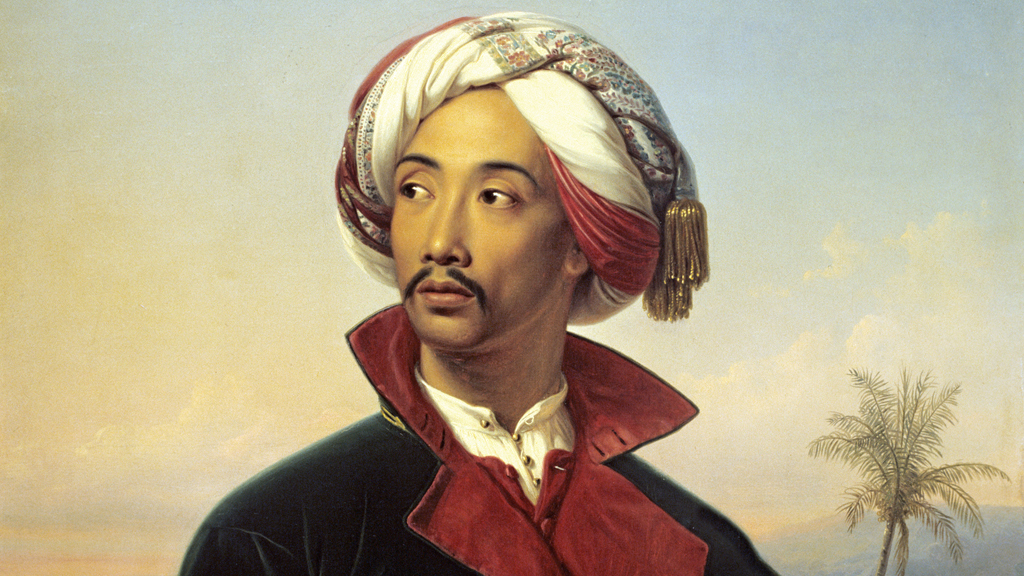
Raden Saleh (1811 - 1880) was the first Asian to be trained in the art of painting in Europe. The exotic and talented artist became one of the founders of German Orientalism. Saleh, shown here dressed as an Oriental prince in a painting by Johann Carl Baehr, was held in high esteem. -
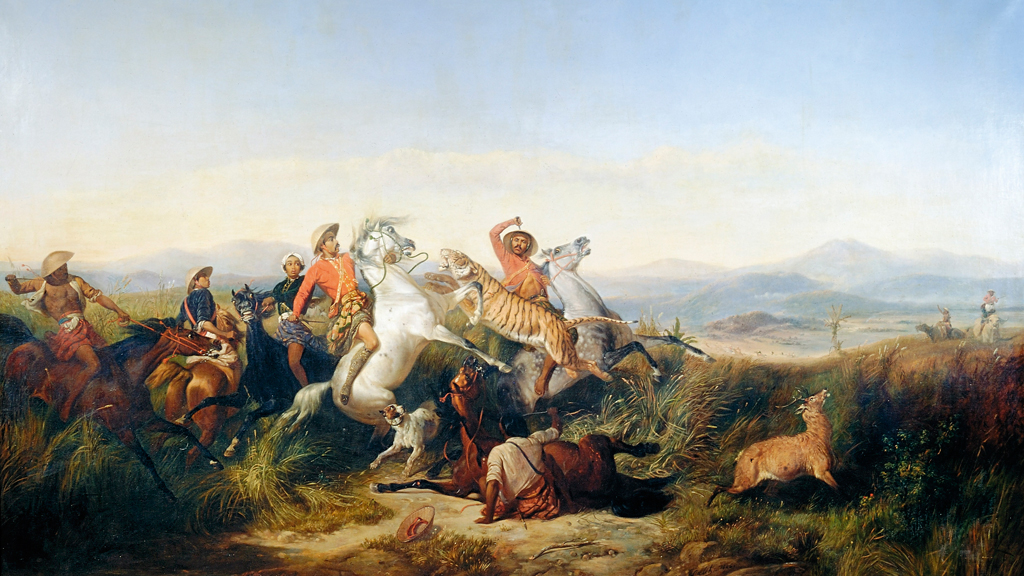
Born in the former Dutch colony of Java, Saleh soon turned into a fan of the colonial masters' favorite sport of hunting, which became one of his favorite motifs. The Belgian colonial artist Antoine Payen recognized Saleh's talent and with his help, Saleh travelled to the Netherlands in 1830 on a scholarship to study painting. -
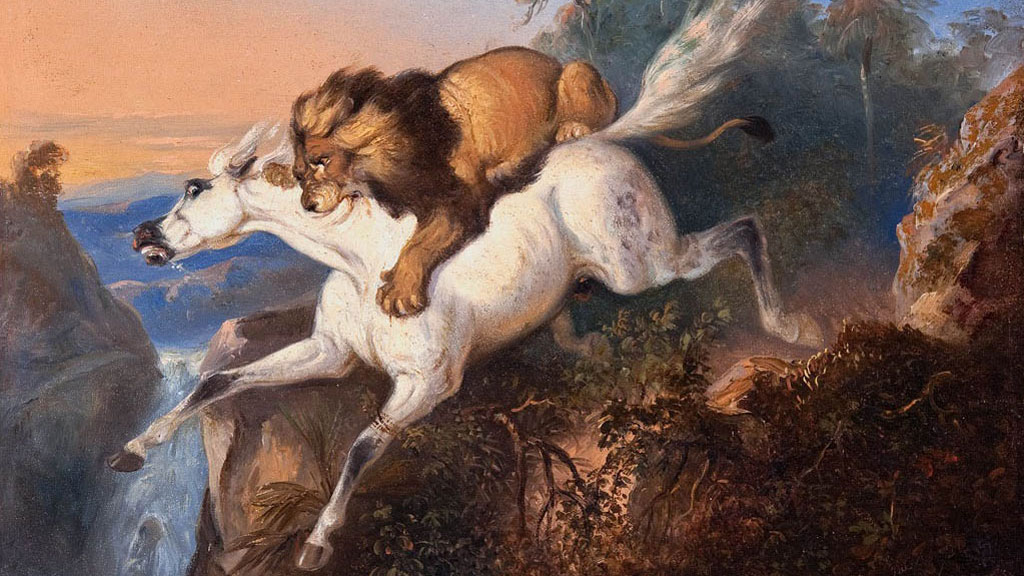
The Dutch government sent him all around Europe during his studies. Dresden was among the cities he visited. He liked it so much that he decided to stay. He received a number of contracts for paintings which allowed him to work as an independent artist. -
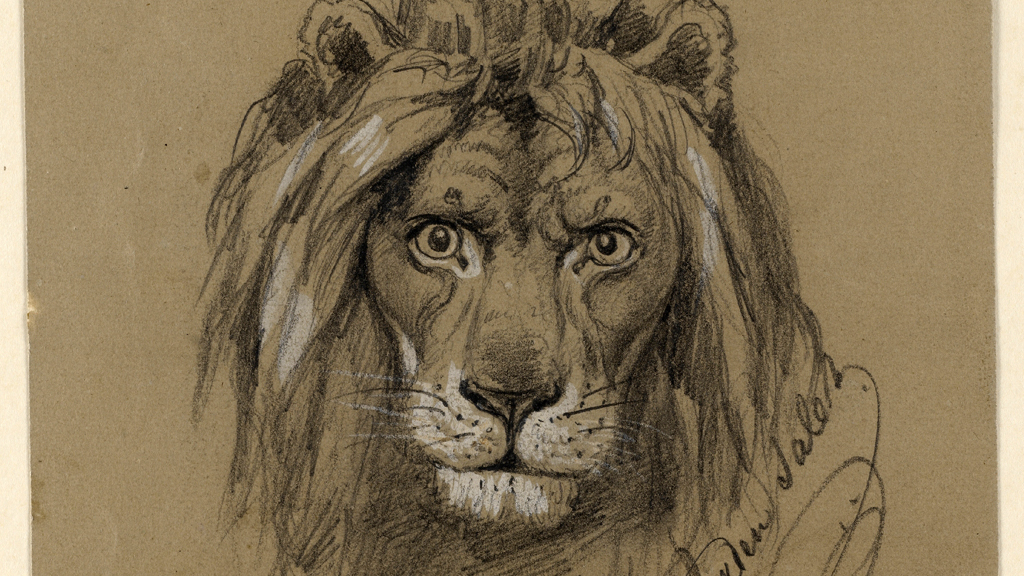
Tigers, dogs and lions are frequently shown in his works. Given that there are no lions on the island of Java, it is likely that Saleh was only exposed to them on study trips, for example, at the London Zoo or at the circus in The Hague. His animal paintings can be seen at Germany's first extensive Saleh exhibition in Lindenau Museum in the city of Altenburg. -
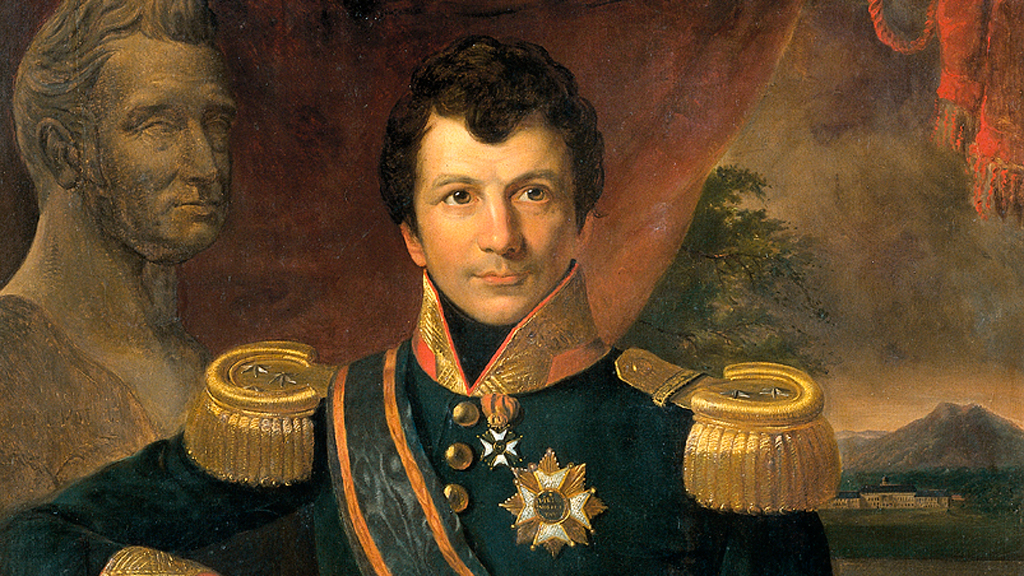
In Dresden, Saleh was regarded as an important artist, who, due to his heritage and the color of his skin, was not common in those times. He charmed the middle and aristocratic classes and was offered a number of lucrative commissions. This one is a portrait of Johannes Graaf van den Bosch. Saleh referred to his time in Saxony as the "best time of his life." -
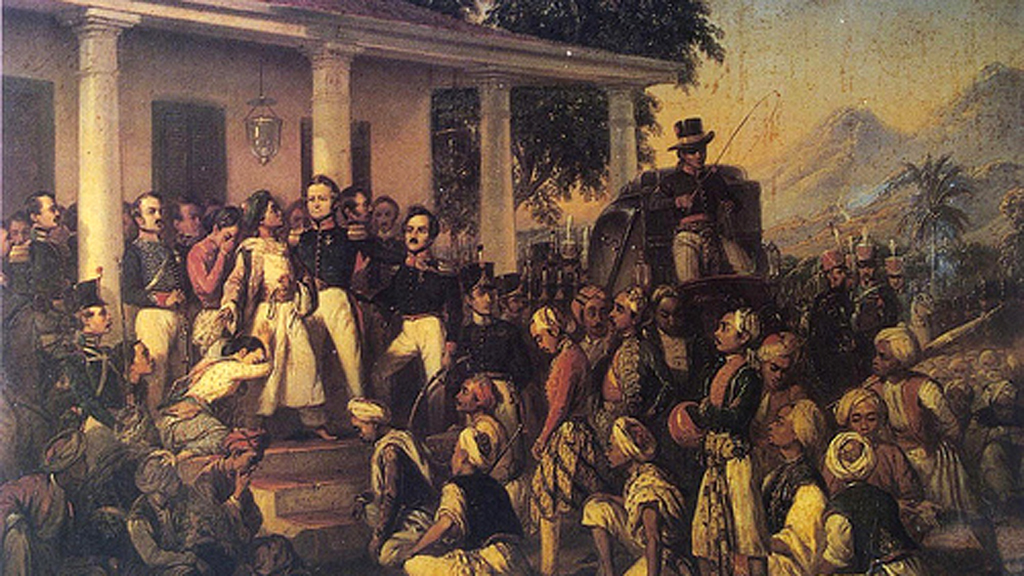
When he was called back to his home country in 1851, Saleh, who by that time could speak five languages, painted live scenes. This picture, which today is displayed in the presidential palace in Jakarta, shows the arrest of Prince Diponegoro in the year of 1857. The Javan freedom fighter is one of Indonesia's most popular national heroes. -
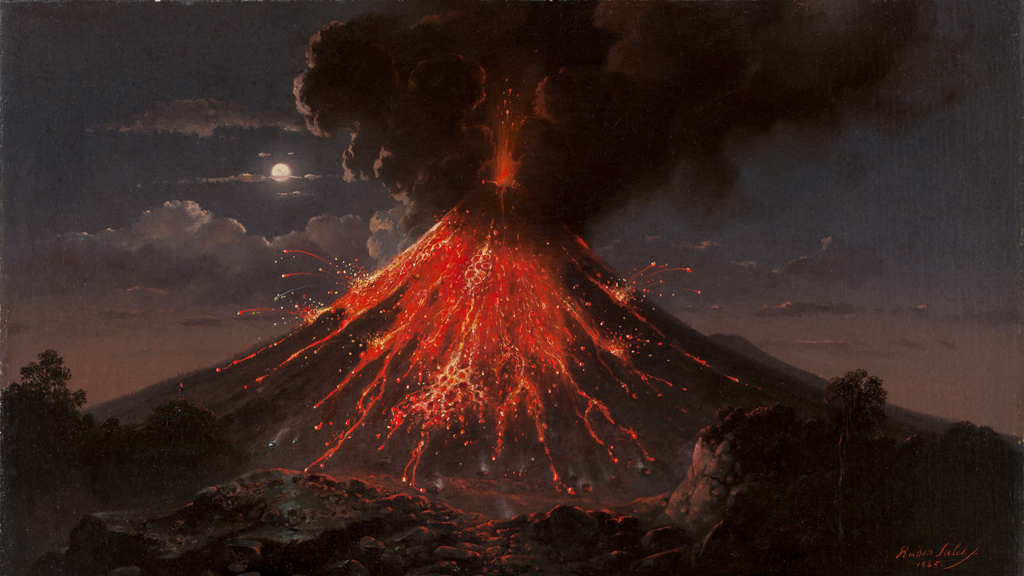
Saleh was also a lay archaeologist. During an expedition to Central Java, he experienced the eruption of the volcano Mount Merapi, which he captured in this painting. The picture is on display in the Netherlands' national museum of natural history in Leiden. -
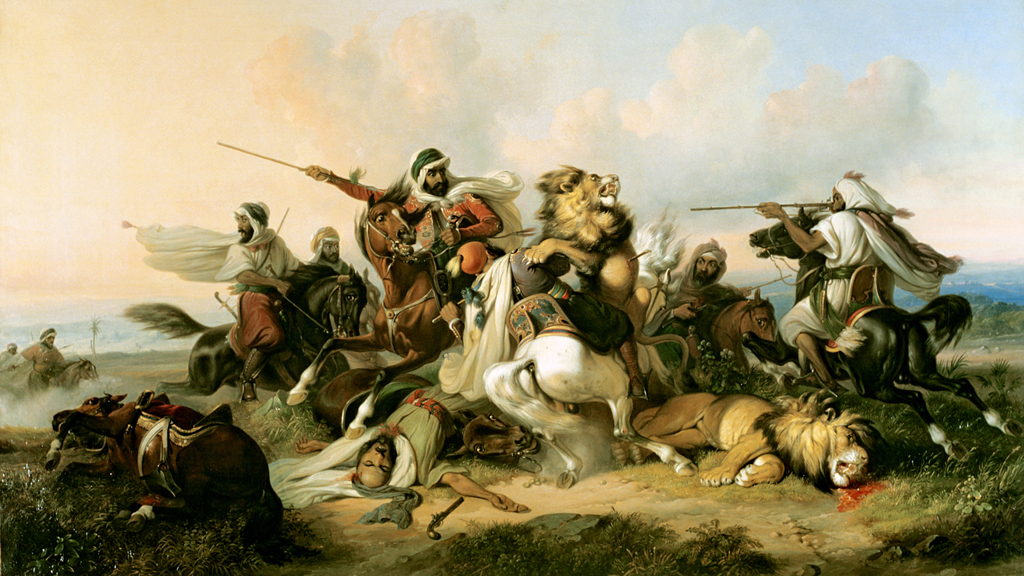
Next to the painting depicting the arrest of Diponegoro, this art work originally titled the "Lion Hunt" and today called "The Last Resort" is one of Saleh's most famous works. In the year 2011, it was sold for nearly two million euros. Saleh's paintings, along with literary works by Goethe and Lessing, brought a new interest in the Orient to Germany. -
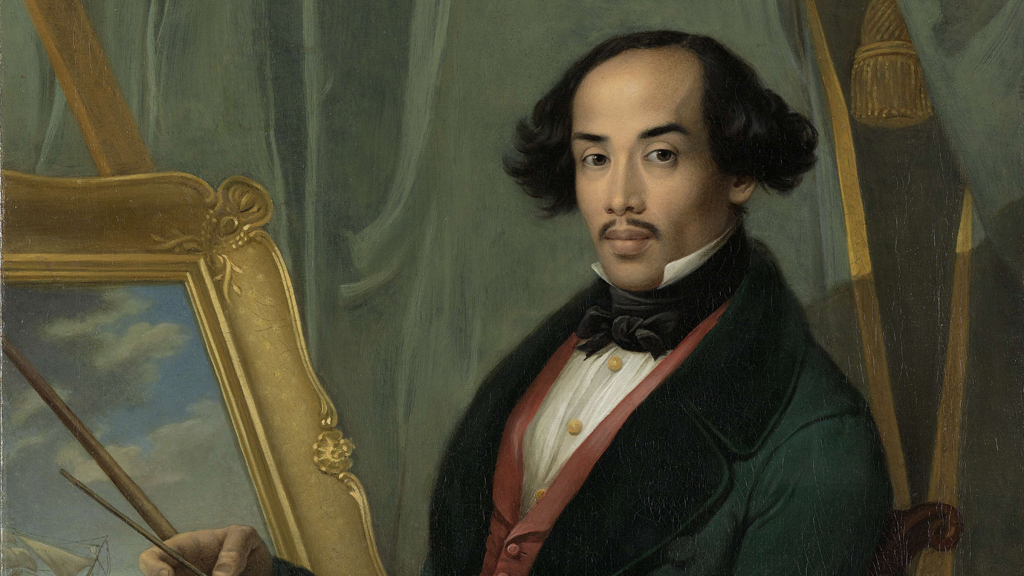
Saleh, shown in this portrait by the Dutch painter Friedrich Schreuel around 1840, was not a prince, despite what many people thought. He added a "von" to his surname in order to gain access to aristocratic circles. The artist, who is viewed as the father of Indonesian painting, died from a stroke in 1880 in his home country. | Author: Sarah Wiertz/sb | Editor: Gabriel Domínguez
https://qantara.de/en/node/39529
Link
To all image galleries